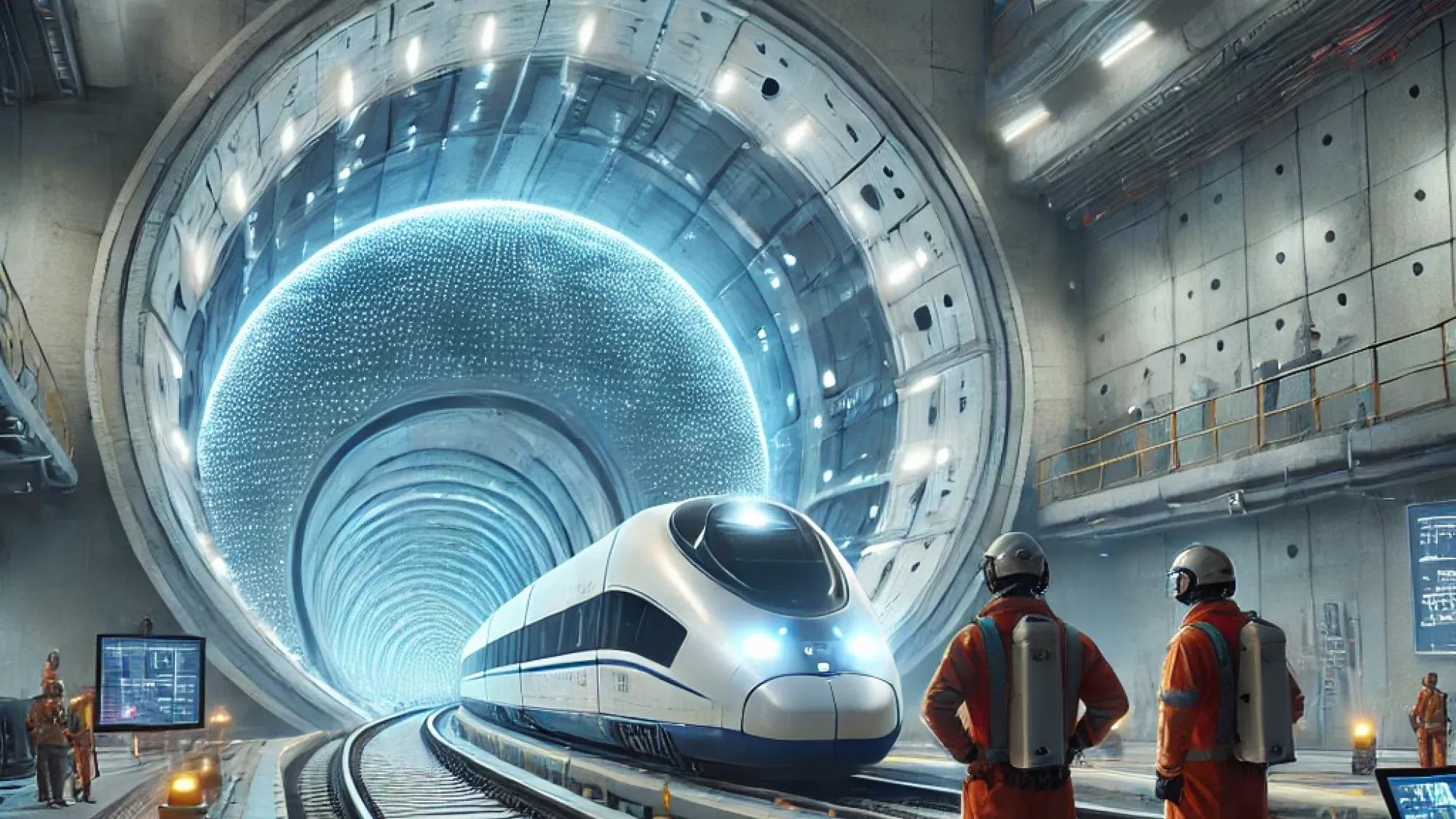Image

Spain-Morocco tunnel based on the Eurotunnel model
The comparison with the Eurotunnel (English Channel) is logical, as both projects involve long underwater tunnels. However, there are key differences:
- Geological conditions: While the Eurotunnel was mostly built in chalk (a homogeneous and relatively stable limestone rock), the Strait of Gibraltar presents more heterogeneous materials, including clays, marls, and some sections of hard rock, which can make the advance of the TBMs more challenging.
- Seismic differences: The English Channel region is tectonically stable, while the Strait of Gibraltar is subject to seismic activity. This requires more advanced support designs and structures with deformation absorption capacity.
- Water pressure management: At greater depths, there is higher hydrostatic pressure. It will be crucial to develop an efficient pumping and drainage system, similar to the one used in the Eurotunnel but adapted to the more extreme conditions of the Strait.
In terms of construction engineering, the project could benefit from the use of Earth Pressure Balance Tunnel Boring Machines (EPB-TBMs) to avoid instabilities at the excavation face and minimize the risk of marine water intrusion into the tunnel.
